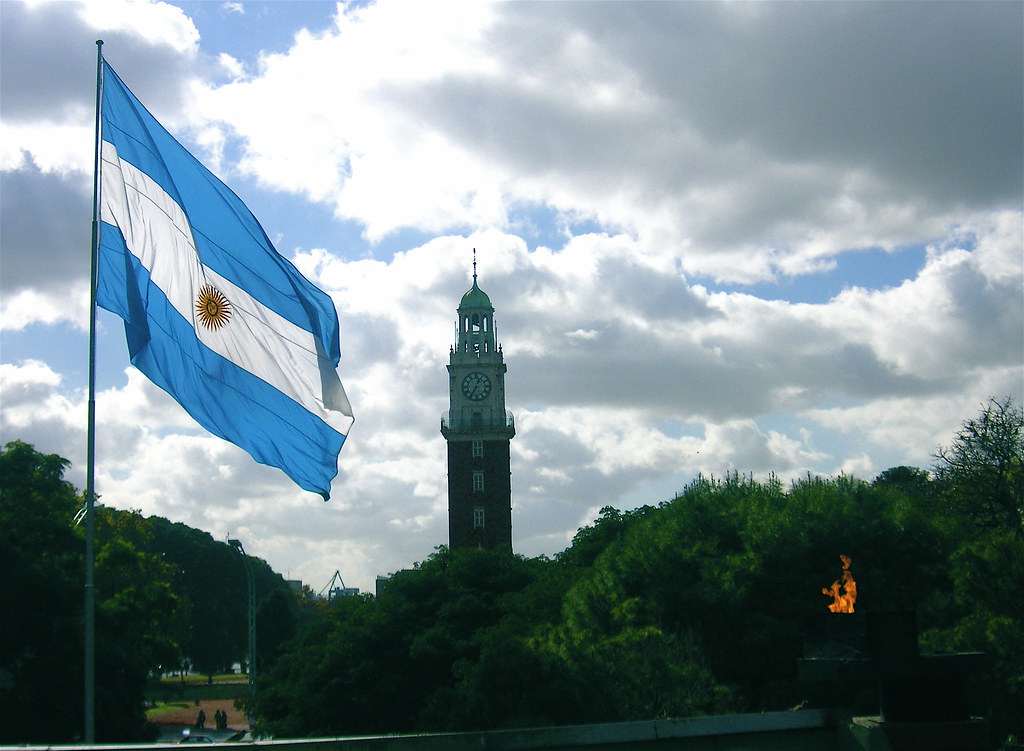These special economic areas offer the possibility of promoting commerce and industrial activity and acquiring merchandise at much lower prices. Free zones in Argentina have existed since the beginning of the 20th century.
Argentine free zones boost trade and industrial activity while allowing access to merchandise at much lower prices. Although they have existed in Argentina since the beginning of the 20th century, they were already used for trade and commerce for civilizations as far back as 2,500 years ago.
Initially, they had warehouse or storage functions and later became an important export instrument. They are also called free areas and are characterized by spaces where the usual customs controls are not applicable and executed. In Argentina, the free zone regime is defined by Law 24,331, provisions of the Customs Code, and the Federal Administration of Public Revenues (AFIP).
They are spaces where both import and export merchandise is not subject to customs controls. In their case, they are not taxed or affected by economic prohibitions.
The customs code (law 22415) calls them “free areas.” They are defined as areas not comprising the country’s general customs territory. According to the free zone regime in Argentina, all kinds of merchandise and services can be introduced, with the exception of goods that pose a risk to morals, health, safety, and the environment.
What are free trade zones in Argentina?
Free zones in Argentina aim to promote trade and exports by reducing costs and simplifying administrative procedures through tax incentives.
How do free zones in Argentina work?
The provisions related to the operation of the free zones in Argentina are found in Law 24,331. In addition, each Argentine province can enact its own laws regarding the operation of the free zone. A clear example is Bahía Blanca, where an autonomous non-state entity was created that exercises security, evaluation, and selection functions.
Likewise, the concessionaire of an Argentine free zone must carry out the infrastructure works necessary for its operation. For its part, it rents the different lots in the area to users for their activities.
What activities are allowed under the free zone regime in Argentina?
According to the national free zone regime, the activities that can be carried out are:
- Storage.
- Commercialization.
- Industrialization.
Free zones can house merchandise waiting to be transshipped to another destination. Therefore, only operations necessary for its conservation and handling can be carried out. For example:
- Improve presentation.
- Sort and change packaging
- Increase commercial quality.
- Divide or gather in bundles or lots.
- Prepare for transport.
- Tax benefits of the local free zone regime
Article 590 of the Customs Code establishes the control bases of the free zone regime in Argentina. According to the statute, the free area is an area where the goods are not subject to customs controls. Meanwhile, they are not burdened with the payment of taxes. But on the other hand, they must pay fees for services provided by free zones in Argentina.
This means that they are exempt from taxes on imports or exports for consumption. Meanwhile, industries established in Argentine free zones are exempt from national taxes on basic services. However, these benefits are incompatible with industrial promotion regimes. Moreover, they also enjoy an export stimulus that consists of the refund of taxes paid.
What Industries are located in Argentina’s free zones?
Some of the industries that are commonly found in free zones in Argentina include:
Automotive industry: Several free zones in Argentina specialize in producing automobiles and automotive parts, including engines, transmissions, and chassis.
Information technology (IT) industry: Many free trade zones in Argentina are home to companies that provide IT services and software development, including web design, programming, and database management.
Textile industry: Some free zones in Argentina focus on producing textiles, including clothing, fabrics, and accessories.
Food industry: Several free zones in Argentina specialize in the processing and packaging of food products, such as meat, dairy, and grains.
Chemical industry: Some free zones in Argentina are home to companies that produce chemicals and pharmaceuticals, including drugs, cosmetics, and cleaning products.
Logistics industry: Free zones in Argentina near ports and airports often focus on logistics and transportation services, including warehousing, distribution, and freight forwarding.
It’s important to note that the specific industries and types of companies operating in Argentina’s free zones may vary depending on the location and the zone’s specific regulations and incentives.
Where are the free trade zones in Argentina?
Per the national free area regime, these zones are under the control of Argentine Customs.
- La Plata, province of Buenos Aires. Also in this province, free zone of the port of Bahía Blanca and sub-free zone of Puerto Galván.
- Puerto Iguazú, Misiones province. It works as a retail free zone.
- Juárez Celman Station, Córdoba province.
- Lujan de Cuyo Industrial Park, Mendoza.
- Justo Daract, province of San Luis.
- Conception of Uruguay, province of Entre Ríos.
- Comodoro Rivadavia, province of Chubut.
- General Güemes, province of Salta.
- General Pico, province of La Pampa.
- Villa Constitución, province of Santa Fe.
- Río Gallegos, province of Santa Cruz.
For further information related to investing in Argentina’s free zones, contact LATAM FDI.


